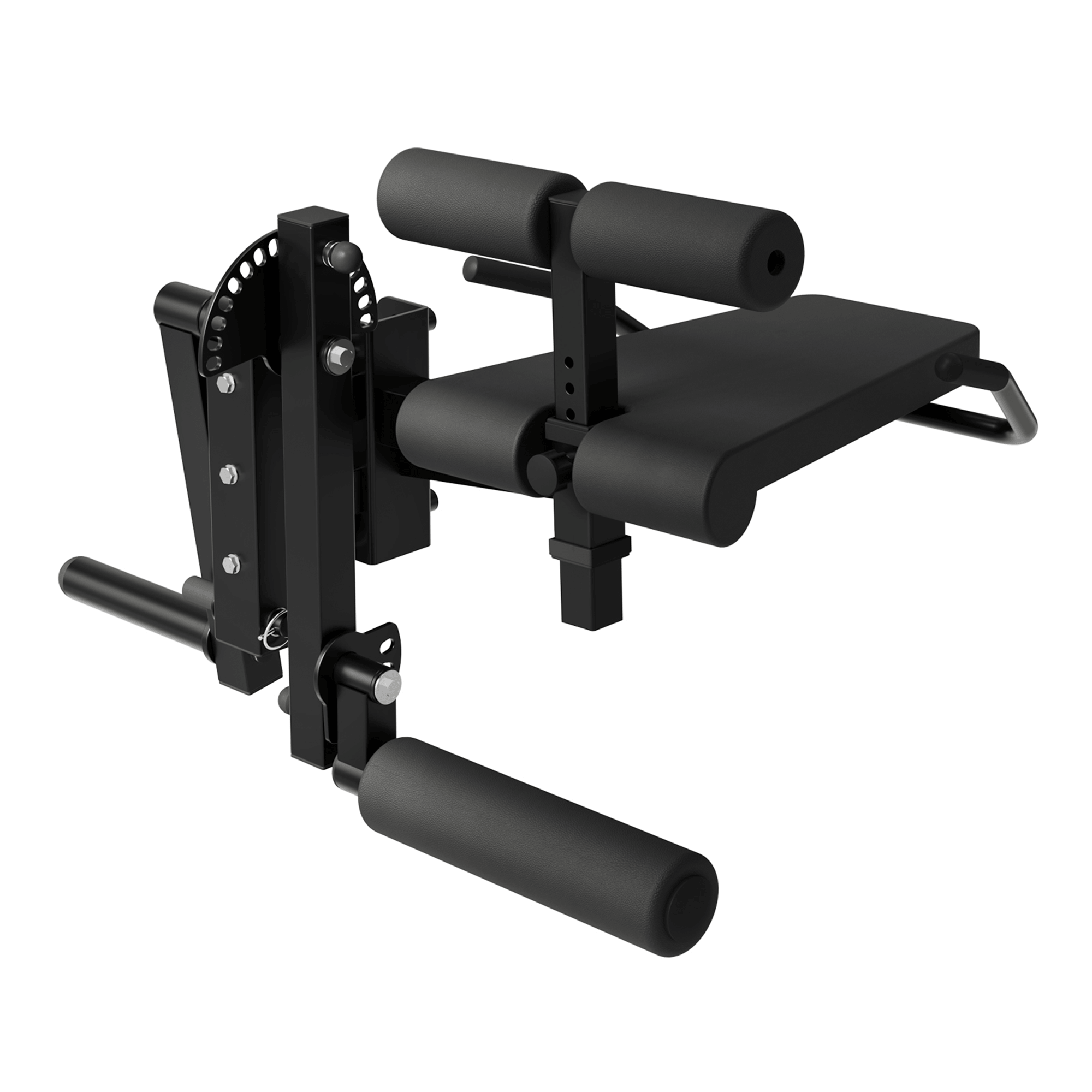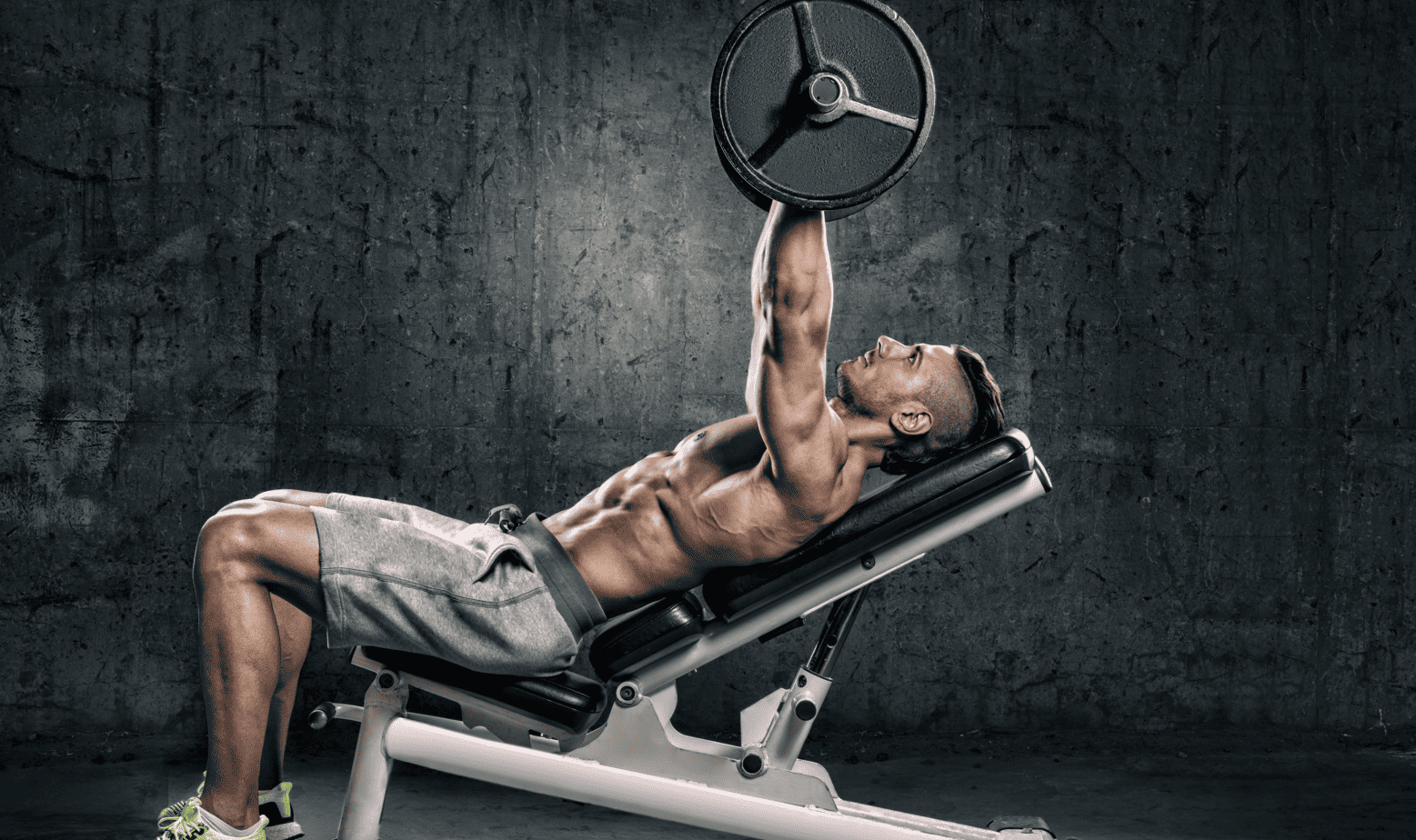Understanding the back and shoulder muscles is crucial for anyone involved in fitness, physical therapy, or anatomy studies. Whether you're training for strength, improving posture, or simply learning human muscle structure, having the back and shoulder muscles labeled makes it easier to visualize movement patterns and muscle engagement.
Overview of Back and Shoulder Muscle Anatomy
The back and shoulder region comprises a complex network of muscles that work together to support posture, enable movement, and stabilize the spine and arms. Here's a breakdown of the key upper body muscles with proper labels:
Major Back Muscles Labeled
1. Trapezius
-
Location: Upper back, extending from the neck to the shoulder blade.
-
Function: Elevates, retracts, and stabilizes the shoulder blades.
-
Common exercises: Shrugs, upright rows.
2. Latissimus Dorsi (Lats)
-
Location: Mid to lower back, wrapping around the sides.
-
Function: Pulls the arm downward and backward; critical in pull-ups and rows.
-
Keyword Tip: Often referred to as part of the posterior chain in strength training.
3. Rhomboids (Major and Minor)
-
Location: Between the shoulder blades and the spine.
-
Function: Retract and squeeze the scapula together.
-
Best targeted by: Face pulls, T-bar rows.
4. Erector Spinae
-
Location: Runs vertically along the spine.
-
Function: Extends the spine and supports posture.
-
Key for: Deadlifts, back extensions.
Shoulder Muscles Labeled
1. Deltoid (Anterior, Lateral, Posterior)
-
Location: Caps the shoulder joint.
-
Function: Abduction, flexion, and extension of the arm.
-
Important for: Overhead press, lateral raise, reverse flys.
2. Teres Major and Minor
-
Location: Under the rear deltoid and near the shoulder blade.
-
Function: Helps rotate and stabilize the shoulder joint.
-
Often confused with: Rotator cuff muscles.
3. Infraspinatus
-
Location: Back of the shoulder blade.
-
Function: External rotation of the arm.
-
Crucial for: Shoulder stability and injury prevention.
4. Supraspinatus and Subscapularis
-
Part of: The rotator cuff group.
-
Functions: Initiate shoulder abduction and internal rotation respectively.
Why Learning Labeled Back and Shoulder Muscles Matters
-
Injury Prevention: Understanding which muscles are involved in movements helps avoid strain or imbalance.
-
Exercise Efficiency: Target specific back and shoulder muscles for hypertrophy or rehabilitation.
-
Improved Posture: Strengthening muscles like the rhomboids and trapezius reduces slouching.
Visual Guide: Back and Shoulder Muscles Labeled
Including a labeled diagram of back and shoulder muscles can drastically improve comprehension. Look for visuals that clearly mark each muscle group, including:
-
Trapezius
-
Deltoid heads
-
Latissimus dorsi
-
Rhomboids
-
Rotator cuff components
These visuals are particularly useful for students and coaches who want a muscle anatomy cheat sheet or a wall chart reference.
Final Thoughts
Whether you're designing a workout routine, studying for an anatomy exam, or rehabilitating an injury, understanding the back and shoulder muscles labeled can make a world of difference. These muscles are the powerhouse of upper body function, and labeling them correctly builds a strong foundation for movement, strength, and recovery.













































Leave a comment
This site is protected by hCaptcha and the hCaptcha Privacy Policy and Terms of Service apply.